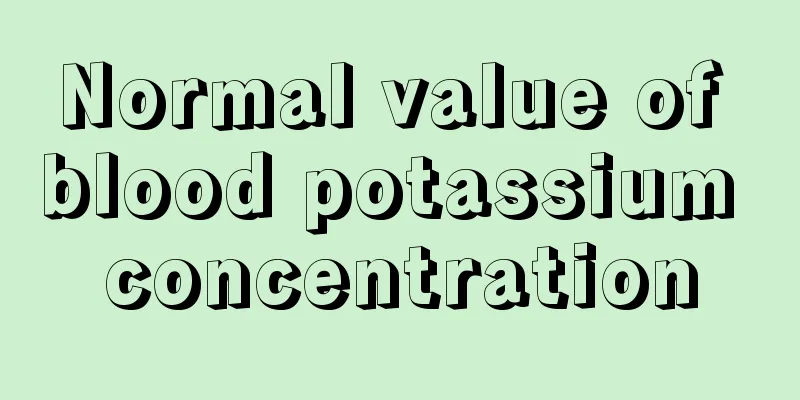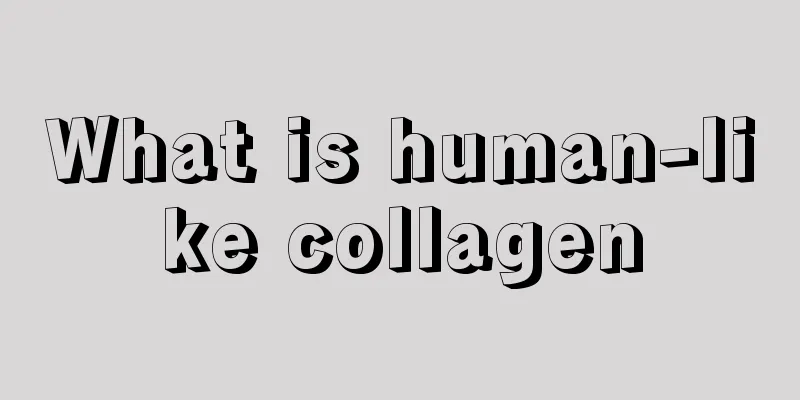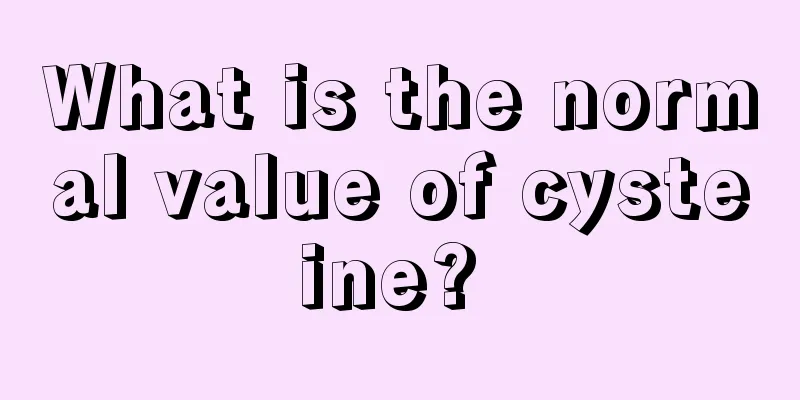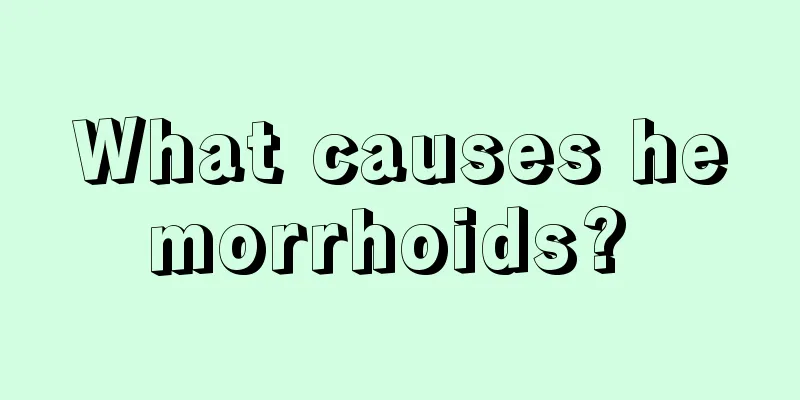Congenital nystagmus
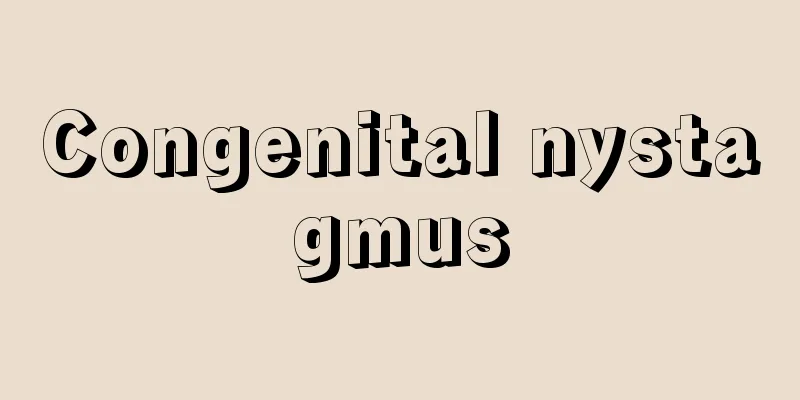
|
Congenital diseases can often be discovered when children are young, but some congenital diseases require the child to reach a certain age before surgery can be performed. Congenital eye twitching is an uncommon disease that occurs relatively early. However, this disease does not occur every day and there is no regular pattern. However, vision will be seriously affected. Optical correction surgery is an effective way to treat congenital eye tremor. Symptoms of congenital nystagmus 1. Early onset, nystagmus occurs since childhood, or the onset time is unclear. 2. No sense of shaking, that is, there is no sense of shaking of objects. Even if the nystagmus is quite severe, there is no sense of shaking when seeing objects. This is the main criterion for diagnosing congenital nystagmus. 3. The involuntary and continuous swaying or twitching of the eyeballs is relatively regular, not random eye movements, which is different from visual nystagmus. 4. No obstruction to eye movement, no restriction of movement, no eye deformity or other congenital abnormalities 5. There are no obvious obstacles to general daily activities, and the visual acuity of both eyes and the corrected visual acuity are generally above 0.1. 6. No symptoms of central nervous system diseases and vestibular dysfunction such as imbalance and vertigo. 7. If the nystagmus disappears when the eyes are closed or opened in the dark, it is congenital nystagmus, but not all congenital nystagmus is like this. 8. Congenital nystagmus is generally uncontrollable, so-called involuntary. But there are also some cases where nystagmus can be reduced or even disappear when focusing attention; and in some other cases where nystagmus is reduced or even disappears when using accommodation and convergence. Some patients have the opposite experience. Some even show that the more nervous they are and the more focused they are, the more obvious their nystagmus becomes. 9. Congenital nystagmus has a characteristic: it is a reverse optokinetic nystagmus, and the fast phase of the nystagmus rotates in the same direction. Accurate understanding of congenital nystagmus can help parents understand their children's condition more clearly and remind parents to seek medical treatment in a timely manner. The main treatments are as follows: (1) General treatment Explain to patients and their families that nystagmus is a common and difficult-to-treat eye disease. Because the cause and pathogenesis are not yet very clear, there is still no particularly effective treatment for nystagmus, and nystagmus cannot be cured at present. (2) Etiological treatment For nystagmus with a clear cause, eliminating the cause is very important for treatment. First of all, organic lesions such as cranial and cerebral diseases and vestibular diseases that cause nystagmus must be ruled out. For visual impairment, the primary disease affecting vision, especially central gaze, should be treated as early as possible; for vestibular peripheral nystagmus, acute labyrinthitis and other inner ear diseases should be controlled. (3) Non-surgical treatment 1) Optical correction Children with nystagmus should undergo refractive examination, preferably with the pupil dilated in the static eye position, to correct any refractive error. Optical therapy includes: ① Ordinary glasses: Ordinary concave, convex lenses and cylindrical lenses can correct the patient's combined refractive errors. ②Contact lenses: Older children can consider wearing contact lenses to correct refractive errors. Patients with nystagmus will not only see improved vision but also reduced nystagmus. This is because contact lenses enhance convergence and increase central fixation time. In addition, the friction between the edge of the contact lens and the eyelid margin produces sensory feedback, which reduces nystagmus. For children with aniridia and albinism and nystagmus, contact lenses with artificial irises can be given to reduce photophobia, improve vision, and alleviate nystagmus. ③ Prism: The use of prism has two purposes. One is to improve vision, and the other is to eliminate abnormal head position, thereby achieving the effect of treating nystagmus. The principle of treatment is that congenital nystagmus can be reduced or suppressed in a static eye position and by using convergence and in a dark environment. |
>>: How long can a person with congenital anemia live
Recommend
What does it mean when a patient coughs up blood
Coughing is a symptom that many people experience...
What are the methods for making tea tree essential oil
I believe many beauty-loving ladies have heard of...
What are the causes of lung cancer? The sooner you know the 5 causes of lung cancer, the better
There are many types of cancer, and lung cancer i...
How long can you live after stage three gastric cancer resection
Patients with stage III gastric cancer must under...
What are the common sense about olive oil skin care
I believe many people know what olive oil is, and...
What are the treatments for bladder cancer?
How to treat bladder cancer? The bladder is where...
How much vinegar should be used when soaking your feet?
Soaking your feet is good for the body and can en...
Should I correct my teeth?
In fact, many people are concerned about orthodon...
What medicine is better for breast cancer
What medicine is better for breast cancer? In rec...
What is the cause of lung cancer? Interpretation of the early symptoms of lung cancer
If there is any problem with the lungs, it will d...
What to do if your eyeball is stabbed by a hard object
Because of accidentally falling or not keeping yo...
There will be a horizontal line when you bend your arm
Normally, horizontal lines will not appear when y...
Is ice silk mat harmful to human body
Ice silk mat is a kind of mat used by many people...
How to clean fresh mushrooms
Fresh shiitake mushrooms are delicious and have h...
How to wash silk fabrics?
In daily life, clothes made of silk fabrics are a...


